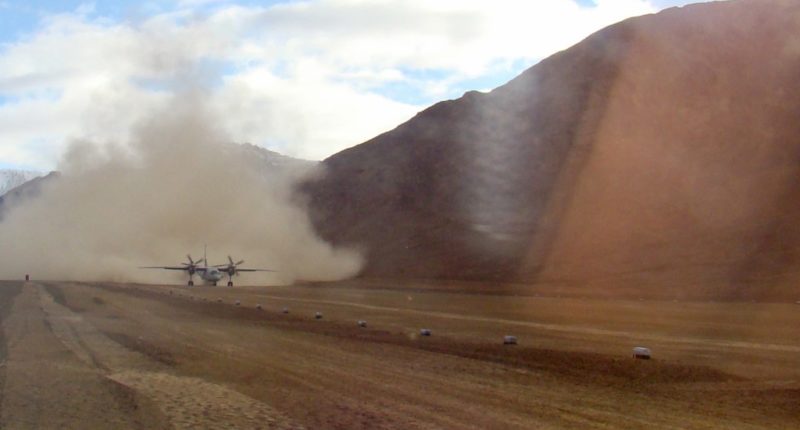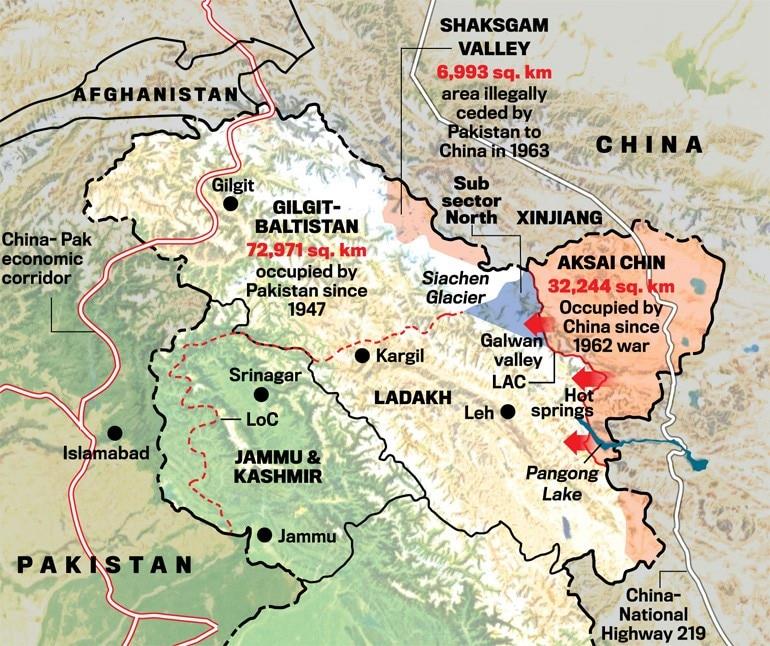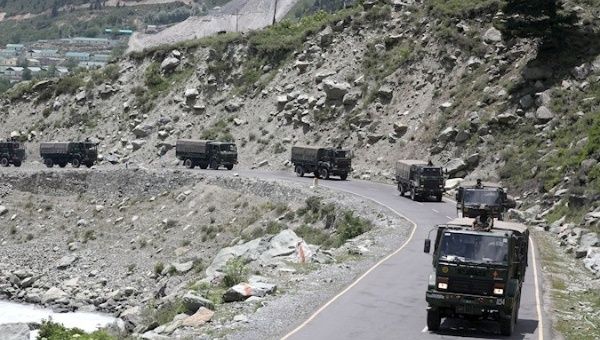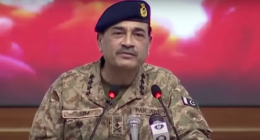This is a guest piece by Aditya Singh Gaur
The relationship between India and China is at its lowest level since the 1967 Nathula War between the two countries.
The Indian Army and the Chinese PLA have faced off against each other in the mountainous region of the Galwan Valley in recent weeks; the face-off coming about when India’s military tried to build a road from Durbuk, Ladakh to its advanced landing ground at Daulat Beg Oldie in an area near to the Chinese controlled land of Aksai Chin.
To pressurize India to stop the construction in the line of actual control (LAC) Chinese forces deployed a huge number of soldiers, and trucks, and erected tents to set up an observation post in the area.
This was not the first time that Chinese forces have acted in this manner.
Fifty three years ago, in 1967, China attacked Indian soldiers in Nathula in the northeastern state of Sikkim which eventually led to full-scale war costing the lives of more than 150 Indians and 350 Chinese PLA soldiers; the result being that India pushed the Chinese PLA back into its own territory near Cho La.
Another clash between the two took place as recently as 2013, when Chinese troops, after decades of patrolling at the border in the Himalayas Ladakh region LAC, set up camp near Daulat Beg Oldie in April of that year.
This event worried India with Indian troops setting up their own camp just a few hundred metres away.
After negotiations which lasted nearly three weeks were resolved on May 5th, both sides withdrew their soldiers.
Again, in June 2017, Chinese demonstrated its expansionist policy in the region and set to work building a road in the Doklam Plateau area which is a tri-junction point of China, Bhutan, and India.
As this area is strategically important for India , Indian troops carrying weapons and bulldozers confronted the Chinese troops.
This standoff ended in August 2017, after both countries agreed to withdraw troops from the area and China stopped construction work.
As all these previous incidents suggest, it has been Chinese forces aiming to start a dispute with Indian forces along its 3488 km line of actual control border.
But the most recent incident in the Galwan Valley was a surprise for Beijing.
According to some Indian Army veterans who have served in this region, China wants to show off its strength and thinks India will ‘back-off‘, but the ‘New India’ – a term used by Prime Minister Modi – was this time set to confront Chinese aggression.
As the Chinese side started building tents and structures, and began placing its trucks and artillery in the Galwan Valley, India retaliated in the same manner and sent in a huge number of troops and support artillery, as well as airlifting in battle tanks – a first since the 1962 India-China war.
But it has not just been India’s Army on high alert. The Indian Air force is also prepared for action.
Fighter jets have become a common site in the skies above Ladakh.
The Indian Navy has even sent battleships into the Straits of Malacca to observe any Chinese aggression in that region.
Shockingly, for both sides, violence erupted on June 15th, when both sides fought pitched battles for the first time in over four decades which resulted in the death of 20 Indian troops and around 30-40 Chinese troops – a number still denied by Beijing.
According to some media reports Indian troops also burnt down many Chinese tents after Chinese troops attacked the Indian commander Colonel Babu, who had gone to see the situation on the ground in the Galwan Valley.
After this incident, both sides started blaming each other and started the finger pointing.
And in the days following, a new form of psychological warfare has started in the media outlets of both countries.
On the diplomatic front, the Chinese have appeared calmer as their Foreign Affairs spokesperson Lijian Zhao at first claimed ignorance of the June 15th, clashes and later when asked a question by a Reuters journalist about casualties on the Chinese side, simply ignored the question.
On the 19th of June the Prime Minister of India, Narendra Modi meanwhile gave a clear warning to China that ‘ his country wants peace but knows how to defend its border ‘ and added ‘ he has given free reign to Indian forces to tackle any situation ‘.
Just after the Indian prime minister’s statement, on the 20th, the Chinese Foreign Ministry gave a step by step account of the Galwan clash whereby they accused India of forcing a change in the status quo, and claimed the entire Galwan Valley is situated on the Chinese side of the LAC.
But, despite all of the above, India has not stopped its construction work in the area, and has even sent in almost 1600 workers to accelerate the road projects on the disputed border.
Furthermore, India has completed the construction of a strategically important bridge over the Galwan River in eastern Ladakh, right under the noses of the Chinese.
On the 21st, a high-level military meeting was chaired by India’s Defence Minister Rajnat Singh in which he said that no country has the power to take any piece of land from India.
He also said that India is changing it Rules of Engagement (RoE).
Previously, according to the rules agreed by both sides, no live rounds will be used in the region, but the Indian government has now changed it RoE, which will allow its forces to use firearms in ‘ extraordinary situations ‘
After seeing India’s response, the Chinese PLA western commander invited the local Indian commander to meet the next day to pacify the situation.
This invitation by the Chinese cannot be taken lightly, but as experts say ‘Even China is eager to defuse tension as India is no longer the India of 1962.’
After the meeting, both sides agreed to reduce tensions and disengage their forces along the LAC.
This agreement came about after an 11-hour meeting between the top commanders on Monday of this week in a “cordial, positive and constructive atmosphere,” according to one of the officials present.
On Tuesday, Indian Army General M M Naravane arrived in Leh for two day visit to the headquarters of 14 Corps in Ladakh aimed at conducting a security review of the sensitive sector.
In addition, Indian Air Chief Marshal RKS Bhadauria made another low-key visit to Ladakh last week to review the Indian Air Force preparations in the area.
About the writer
Aditya Singh Gaur is a graduate of Jaypee University, in north India, and has a keen interest in, and knowledge of strategic affairs and international relations.
He is on Twitter at @beingadiisingh













Comments are closed.